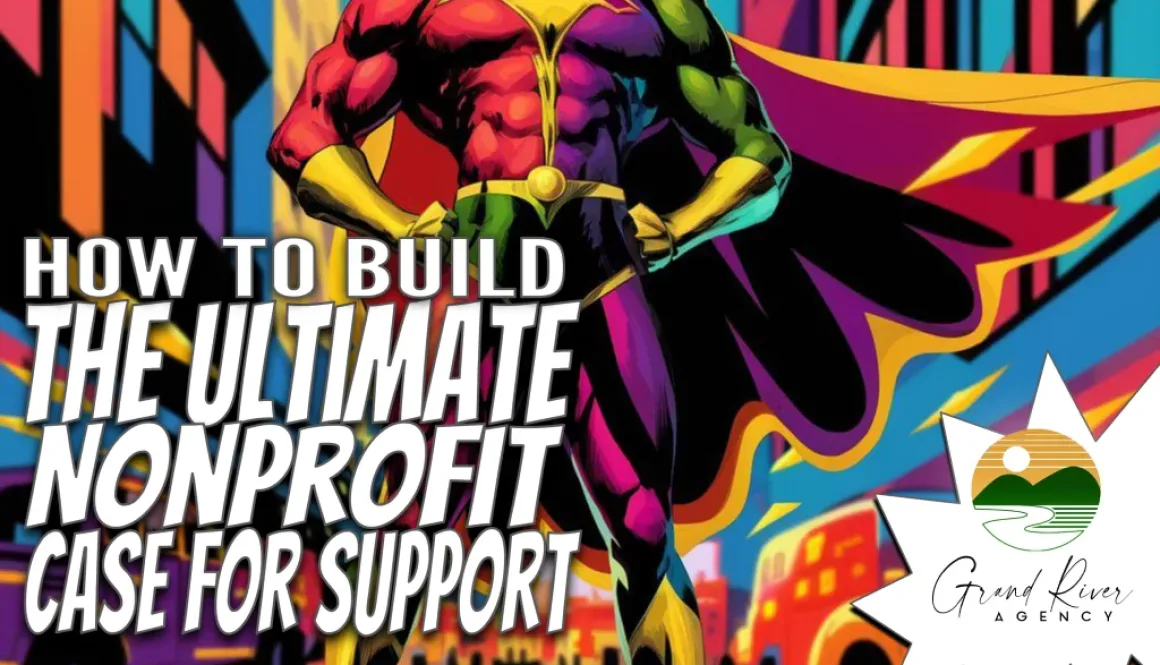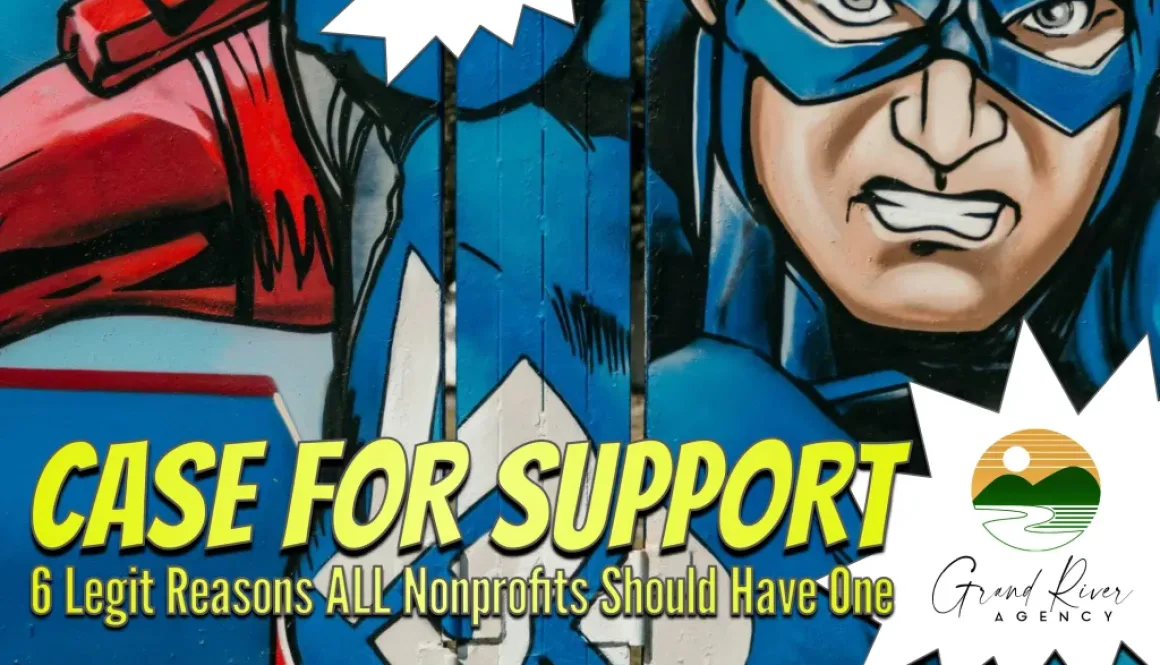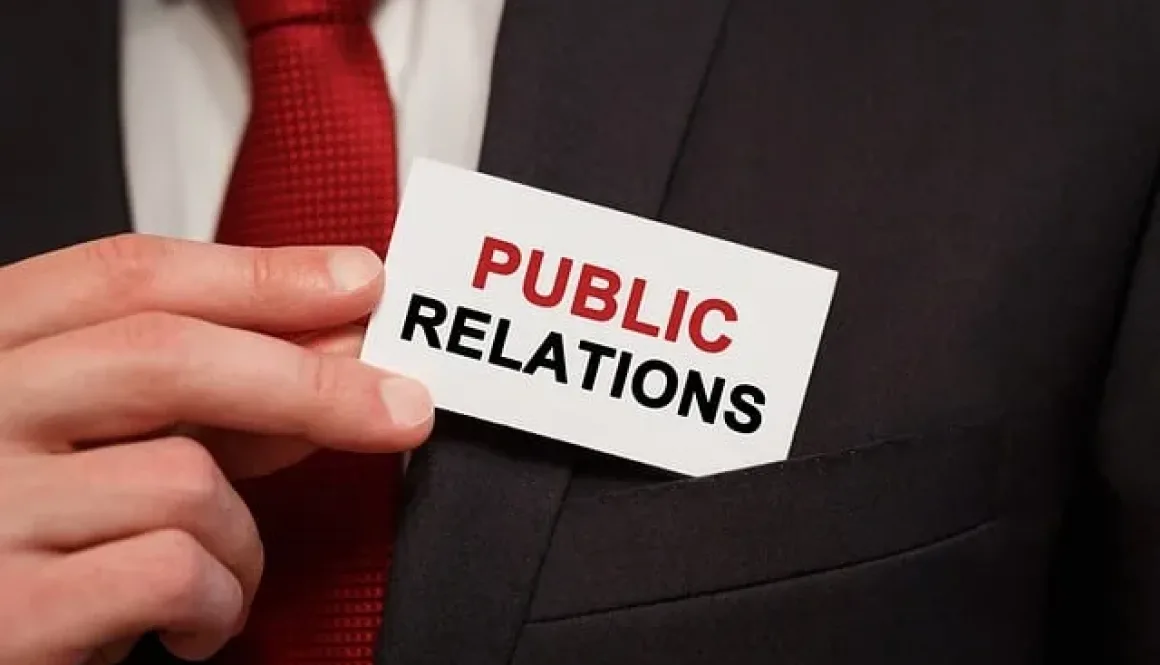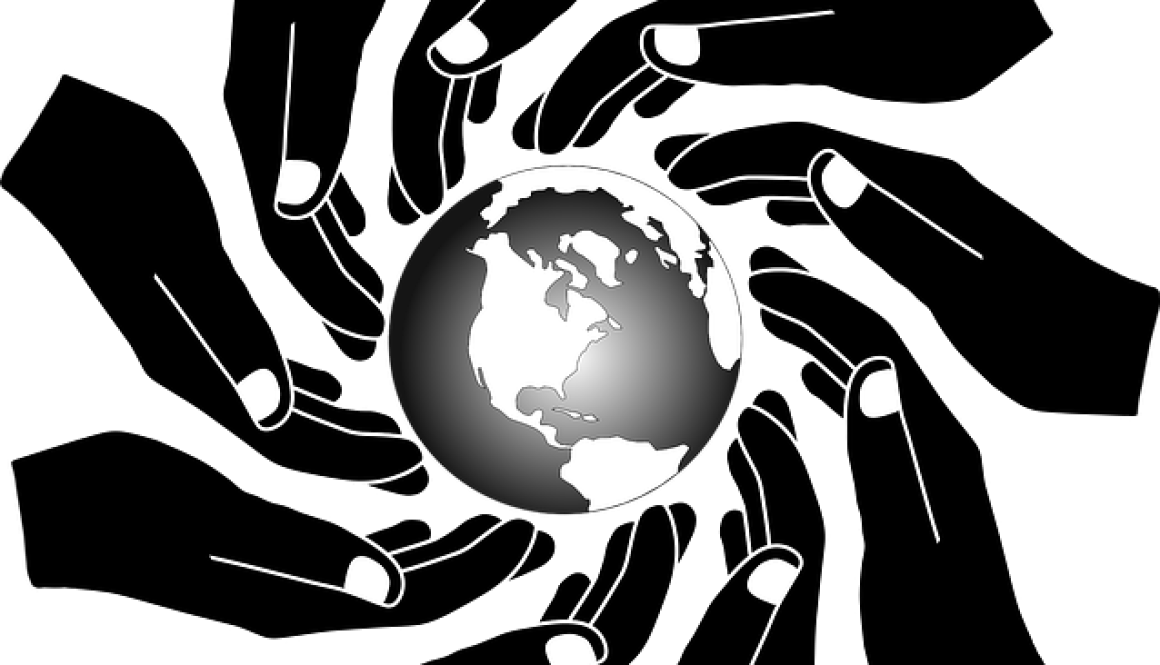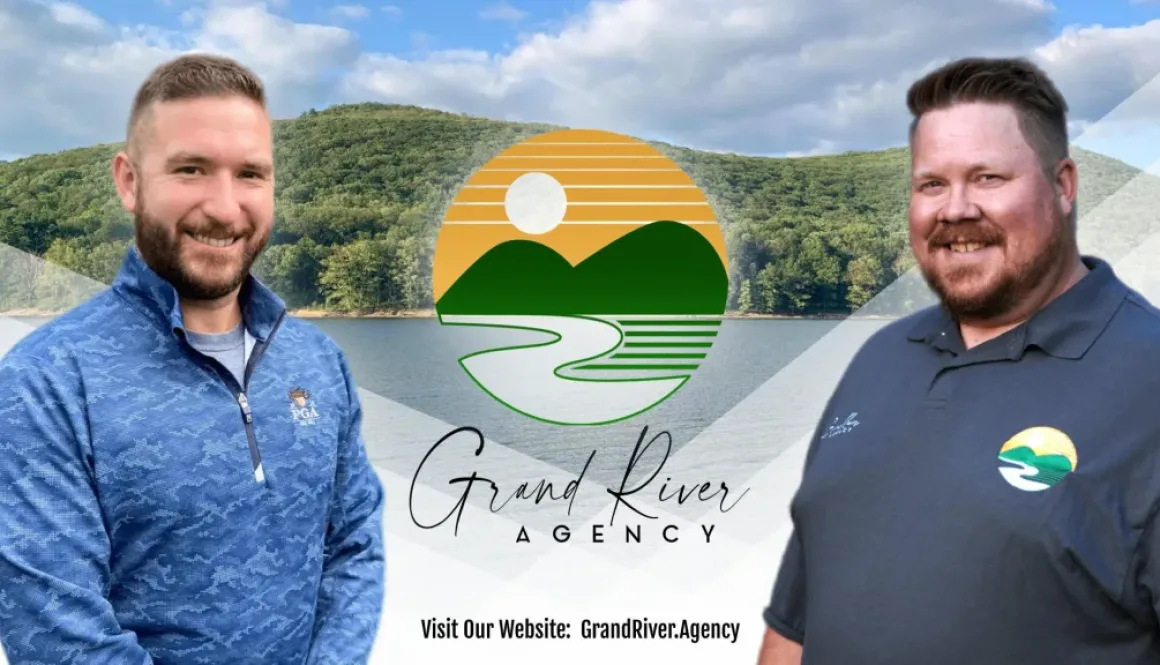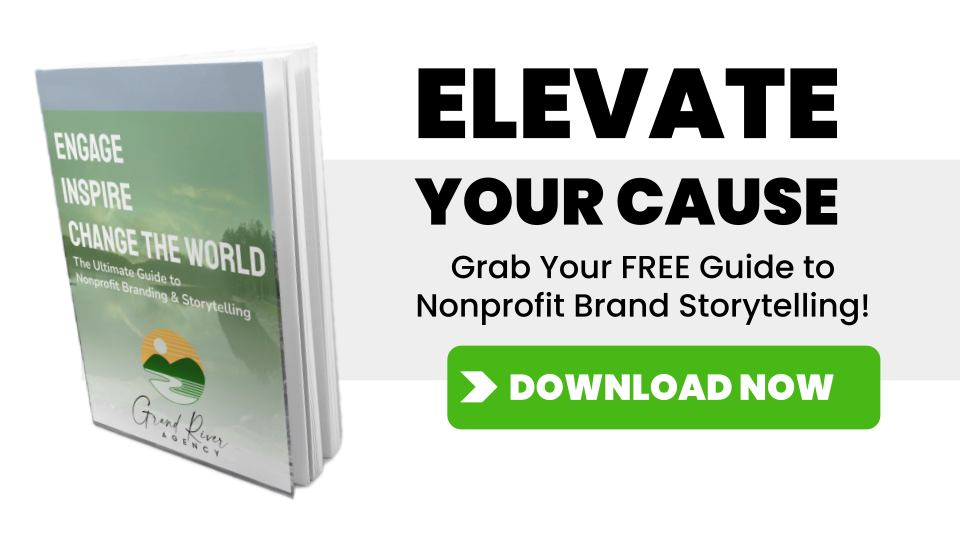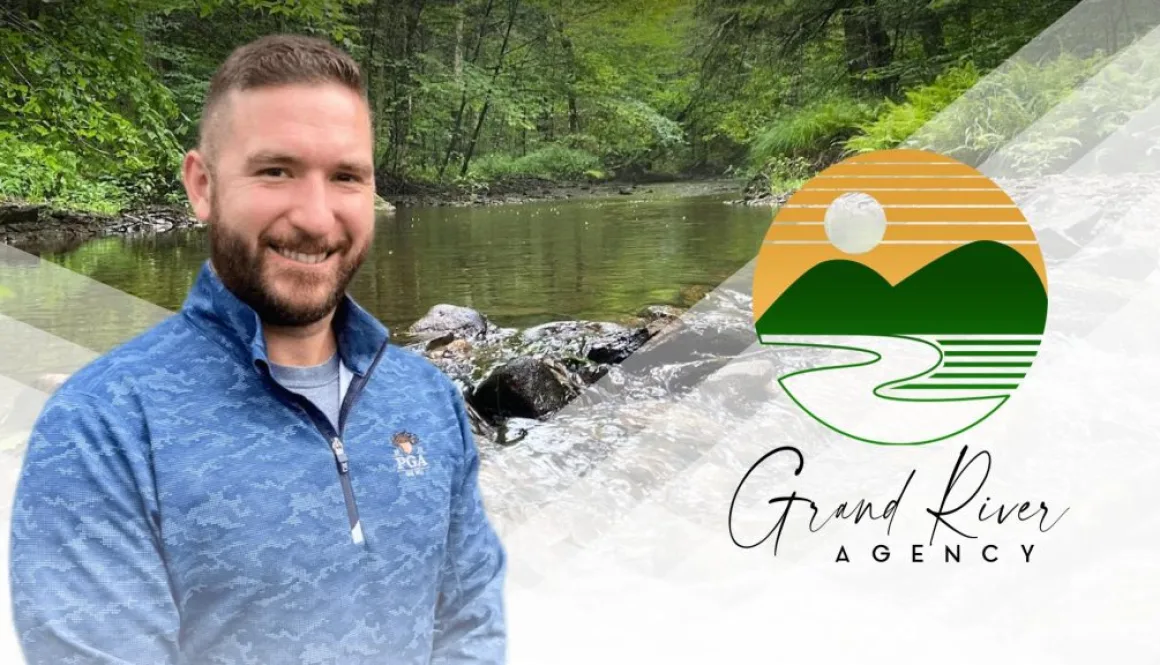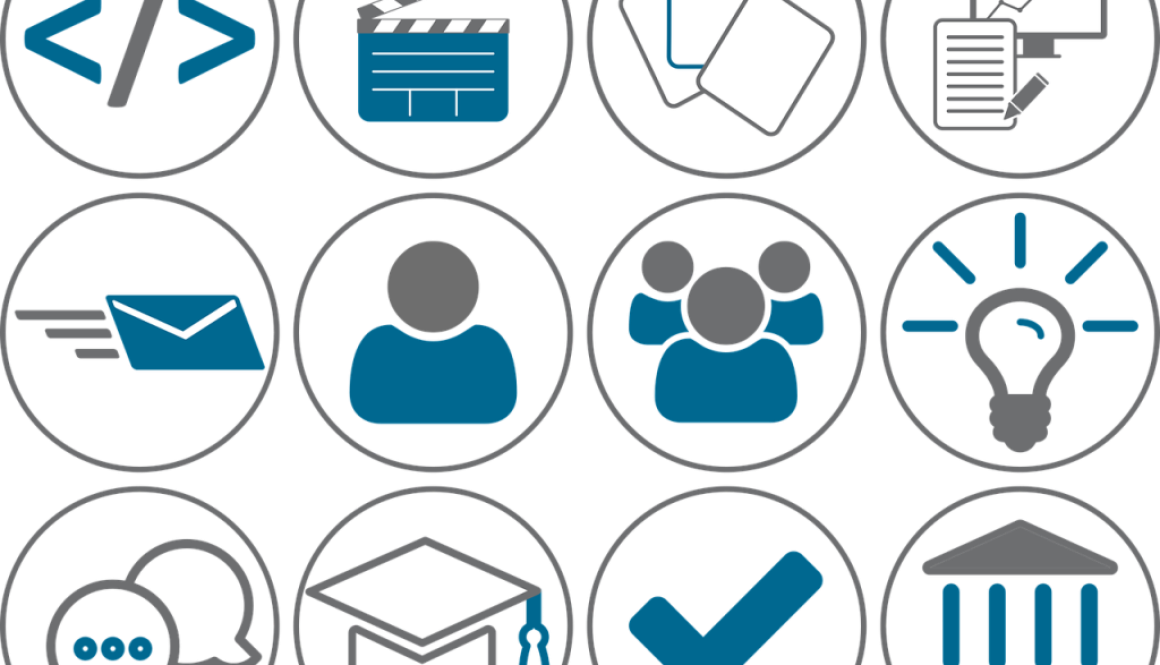Nonprofit Case for Support: Fulfilling Your Grand Design
Nonprofit superheroes, it’s not enough to write a fantastic nonprofit case for support. It could be the most well-written, thoroughly researched case statement ever, and it could still go completely overlooked – unless a prospective donor or grant funder for some reason prefers text only. Here’s where graphic design plays a key role in your nonprofit storytelling strategy.
We first addressed the importance of this comprehensive document, which should be the linchpin of all nonprofit fundraising and communications efforts. Then, we discussed the critical elements of a case for support and how to write one.
Today, we discuss how great design can, well, fulfill your nonprofit’s grand design. Hold onto your capes, heroes of charity! We’re diving into design elements and strategies that will make your narrative soar higher than a superhero in flight. Because, let’s be honest, who would take a superhero seriously if their costume was in shambles?
The Art of Design: A Nonprofit Case for Support with Great Graphic Appeal
It’s not just about looking good. Of course, that’s a part of it. But a well-designed case statement helps to present and frame your nonprofit mission, individuals served, systematic challenges and financial realities to be easily understood. Great design offers true perspective on the issues.
The Visual Symphony of Design
Your case for support is not just a document. It’s a canvas awaiting the touch of an expert artist – your designer. It’s about professionalism, clarity and engagement. A visually striking design elevates your narrative, capturing attention and instilling confidence in your organization’s competence.
Don’t have a graphic design expert on standby? Fear not! Platforms like Canva and others can turn even novices into design virtuosos. (Grand River Agency also offers design services that surpass all commercial platforms.)
The Professional Handshake
Your case for support’s aesthetics matter. They convey organizational credibility for a great first impression. Would you show up to a job interview in your grass-cutting jeans or still sweaty from the gym? No! Because even though you’re not being considered for your looks, looking professional shows that you’re committed to being professional.
The graphic appeal of this document is a firm, confident visual handshake and a declaration of your organization’s commitment to excellence. The design sets the tone for a serious consideration of your cause and call to action.
Aim for clarity in layout. Don’t jump around. Even the smartest reviewers will get lost – or even aggravated. State your case in clear, cohesive order that’s easy to understand. Ensure your content is organized logically, guiding the reader seamlessly through your narrative.
Use fonts that reflect your brand’s personality, opting for styles that are both readable and align with your organization’s image (more on that later). Strike a balance between text, graphic elements and white space to avoid overwhelming the reader and nurture visual harmony.
Use Graphics to Emphasize Key Points
Graphics are your superhero sidekick, standing at the ready to hammer home key points. Punch! They break up the monotony of walls of text and guide your readers through the narrative. Think of them as visual exclamation points!
A well-placed graphic can sometimes illustrate a point more effectively than a paragraph. Of course, you still need to indicate key points within your written narrative. There’s something authoritative about pulling a statement or statistic from a paragraph for EMPHASIS. For instance:
- 95% Job Placement Rate
- ZERO Overdose Deaths
- 67% Reduction in Violent Crime
- “Our family now has access to nutritious food.” – John Q. Client, Food Pantry Visitor
Can you see how emphasizing those outside the main text would command attention? This is the essence of visual storytelling.
Graphs: Making Sense of Complexity
Numbers can be complex, but a thoughtful graph can be a beacon of clarity. Sure, there are some proposal reviewers who can make sense of complicated statistics in paragraph form. But for most, numbers often require clarification and perspective.
For instance, a 54% increase in your nonprofit’s social media followers means little without providing comparison. Reviewers will likely ask, “A 54% increase over what?” So here’s a chance to include a nice line graph that shows the upward trend in your following over prior numbers.
Bar graphs, pie charts, scatterplots, histograms — they all simplify intricate figures and offer clear insights into your organization’s achievements and goals. Don’t let vital stats get lost in the sea of text. Bring them to life with graphs!
Photos & Illustrations: The Soul of Your Story
Photos and illustrations are powerful. They transcend words, providing a tangible glimpse into the impact of your initiatives. A powerful image can evoke emotions that words alone might struggle to convey. Show, don’t just tell.
The story of your nonprofit superhero’s work requires a visual medium to emphasize emotion and the soul of your mission. Why? Because there’s emotion tied to impact. There’s emotion tied to people struggling. There’s emotion tied to lives being helped and improved. For the reader, there’s emotion tied to actually seeing your mission in motion.
As the old adage goes, “A picture’s worth a thousand words.”
Craft a Consistent Visual Identity: Your Brand in a Nutshell
Harmony is key. A consistent visual identity, from fonts to colors, reinforces a polished and professional appearance. While expert graphic design in crafting a nonprofit case for support is all about aesthetic appeal, it’s also about building brand recognition.
Your brand’s colors and fonts are its voice without needing to say anything. Any self-respecting superhero always has a super cool costume – with awesome designs, colors and logos that foreshadow the skills they bring to their population in distress: stealth, strength, speed, psychic ability, etc. While, admittedly, superhero fashion is created for entertainment, the psychology behind them holds true. (You’d immediately recognize the Superman “S”, the Batman logo or the Spidey Suit anywhere!)
Let the same be true for your nonprofit superhero brand. Let visual identity sing cohesively from your case statement to your email marketing to your public relations.
Does Your Nonprofit Superhero Have a Great Costume? Design Your Nonprofit Case for Support to be Ready for Action!
So, nonprofit superheroes, it’s time to breathe life into your case for support document with some great graphic design. We can’t overstate the importance of a well-developed case statement. It can be sent in its entirety to big-money donors or used to inform future grant proposals, marketing campaigns and other community engagement.
Weave your narrative into a visual masterpiece. While this process can be quite detailed and overwhelming, doing it right can be a game-changer between struggling and soaring. Let this guide be your superhero sidekick!
If you need help, we’re always here for a chat!

President and Founder, Grand River Agency
With over 19 years of diverse experience in print journalism, digital media marketing, and nonprofit administration, Kelsey Boudin founded Grand River Agency (formerly Southern Tier Communications Strategies) in 2020. The agency specializes in offering contract-based strategic communications, content marketing, grant proposals, website design, and public relations services to small businesses and nonprofits. Kelsey’s career spans roles as an editor, content creator, and grant writer, reflecting his expertise in leading successful digital marketing campaigns, securing funding, and executing various projects.


